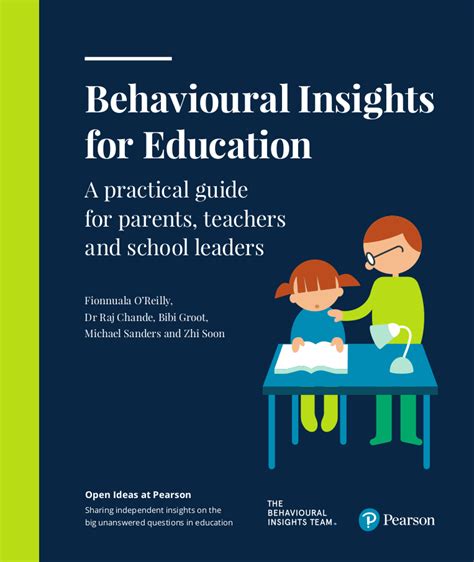Introduction

Teaching is a complex and multifaceted profession that demands unwavering commitment, pedagogical expertise, and a passion for empowering learners. Reviews for teaching serve as pivotal tools to enhance teaching practices, fostering student success and igniting a lifelong love for learning.
Types of Reviews for Teaching
- Peer Evaluations: Conducted by colleagues to provide formative feedback on teaching methods, classroom management, and student engagement.
- Student Evaluations: Collected from students to assess teacher effectiveness, course content, and overall learning experience.
- Self-Reflections: In-depth assessments performed by teachers to evaluate their own strengths, areas for improvement, and pedagogical approaches.
- External Reviews: Conducted by independent experts or accrediting bodies to evaluate the quality of teaching within an institution or program.
Importance of Reviews for Teaching
- Improved Instruction: Reviews provide teachers with valuable insights into their effectiveness, enabling them to enhance their teaching methods and tailor instruction to meet diverse student needs.
- Professional Growth: By reflecting on feedback and self-evaluating, teachers can identify areas for growth and pursue professional development opportunities to refine their craft.
- Accountability: Reviews hold teachers accountable for their performance, encouraging them to maintain high standards of teaching and strive for excellence.
- Student Success: Comprehensive reviews contribute to improved teaching practices, ultimately enhancing student learning outcomes and fostering academic achievement.
Effective Reviews for Teaching
To ensure effective reviews, follow these best practices:
- Establish Clear Goals: Define the specific areas to be evaluated and establish clear performance expectations.
- Use Multiple Measures: Employ a variety of review methods, such as peer observations, student feedback, and self-reflections, to gather comprehensive data.
- Provide Balanced Feedback: Offer both positive and constructive criticism to foster teacher development and promote a growth mindset.
- Facilitate Dialogue: Engage in open and collaborative discussions with teachers to discuss feedback and explore areas for improvement.
- Follow Up Regularly: Conduct reviews on a regular basis to track progress and support continuous improvement.
Tips and Tricks for Reviews
- Use Technology: Leverage online platforms or assessment tools to streamline the feedback collection and analysis process.
- Involve Stakeholders: Seek input from students, parents, and administrators to gain diverse perspectives on teaching effectiveness.
- Celebrate Successes: Recognize and reward teachers for their hard work and exemplary teaching practices.
- Create a Positive Culture: Foster a supportive environment where teachers feel comfortable receiving and providing feedback.
- Learn from Best Practices: Study successful teaching models and incorporate effective strategies into your own practice.
Case Studies
National Board for Professional Teaching Standards (NBPTS)
The NBPTS administers a rigorous peer review process that certifies teachers as highly qualified educators. The process involves a comprehensive portfolio review and performance assessment, providing teachers with valuable feedback on their teaching effectiveness. According to the NBPTS, teachers who participate in the certification process demonstrate significant improvements in teaching practices and student learning outcomes.
Danielson Framework for Teaching
The Danielson Framework is a widely used set of teaching standards that provide a comprehensive framework for assessing and evaluating teacher performance. The framework covers four domains of teaching expertise, including planning and preparation, classroom environment, instruction, and professional responsibilities. Research indicates that schools implementing the Danielson Framework experience increased student engagement, improved teacher morale, and enhanced academic achievement.
Conclusion
Reviews for teaching are indispensable instruments for enhancing teaching practices and promoting student success. By utilizing effective review processes, teachers can gain valuable insights, refine their pedagogical approaches, and foster a culture of continuous improvement. As the educational landscape evolves, the importance of reviews for teaching will only continue to grow, providing teachers with the support and guidance necessary to empower learners and transform the lives of students.
